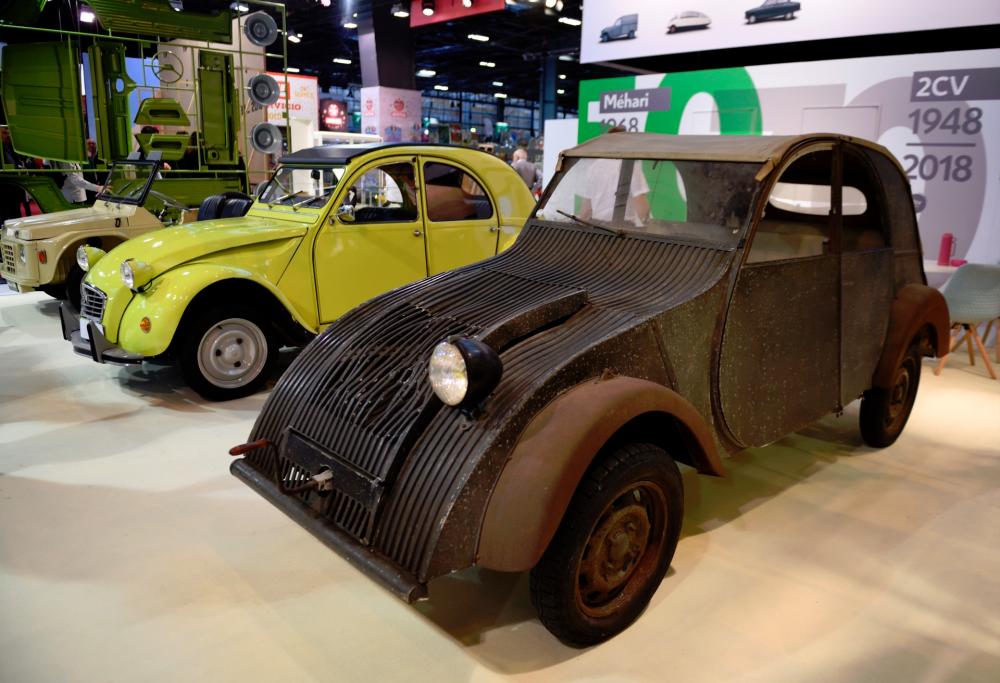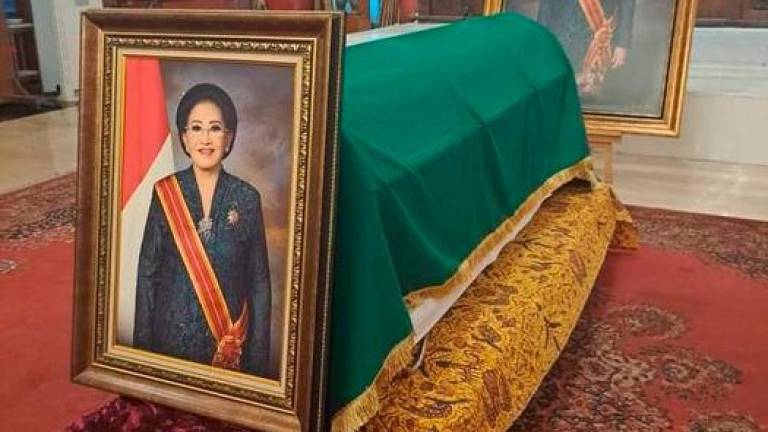BACK in the 1930s, the designers at Citroën came up with the idea to create and mass produce an automobile meant for the common man, one that was both affordable and easy to drive.
The first prototype was built in 1937 under the codename TPV (for Très Petite Voiture, or very small car).
In the following two years, over 50 further iterations were created, serving as a foundation for the final design, which was supposed to be unveiled during the October 1939 car show at the Grand Palais in Paris.
The then futuristic-looking model stood out with its curvy tin body and prominent single headlight.
France's entry into the World War, on Sept 3, 1939, would put a damper on the manufacturer's plans.
Citroën made sure to destroy almost all of the models thus created lest they fall in German hands.
But throughout the war, Citroën's engineers, led by Pierre-Jules Boulanger, continued to work on the project.
Eventually, the definitive version of the 2CV was first presented at the Paris car show on Oct 7, 1948, going into production the next year (and until 1990!), with five million cars produced.
Its name is a direct reference to its tax rating at the time.
In the end, the war was no obstacle to the creation of the little car that could – and did – persist through the generations, and is now a favorite of collectors. – AFP Relaxnews










